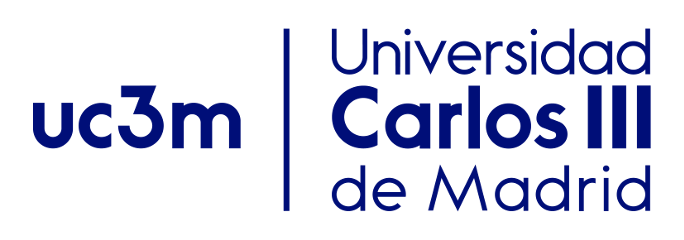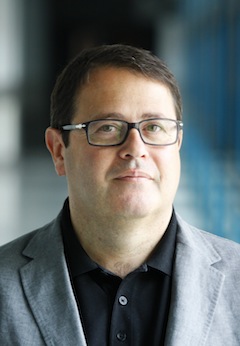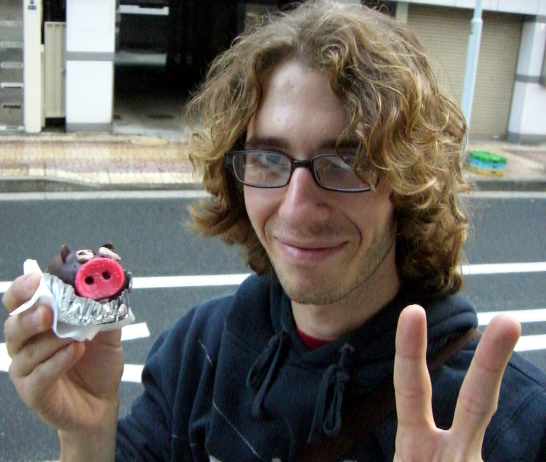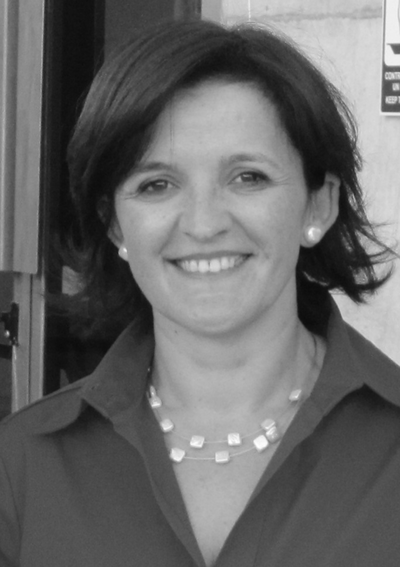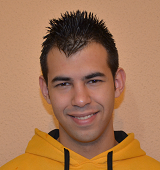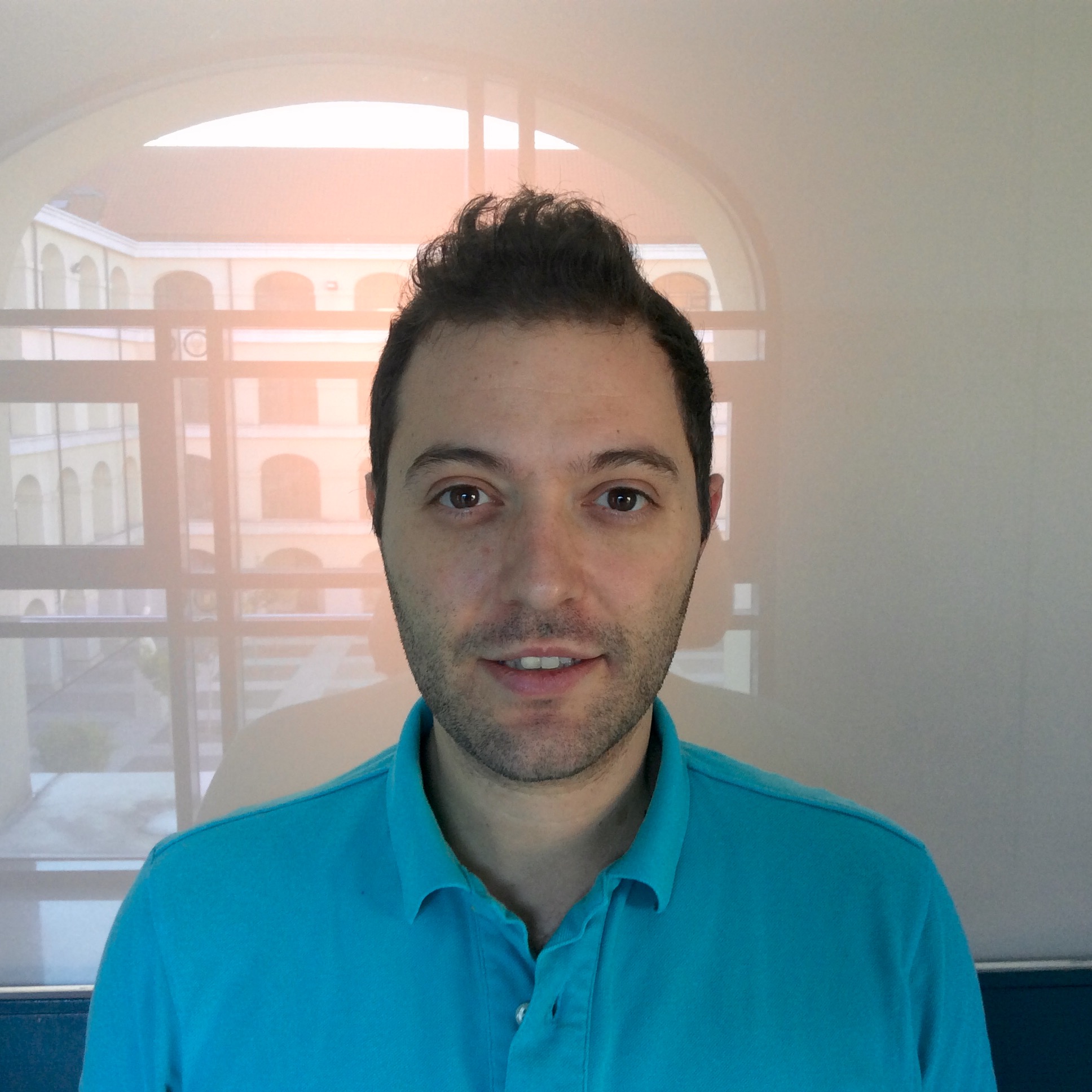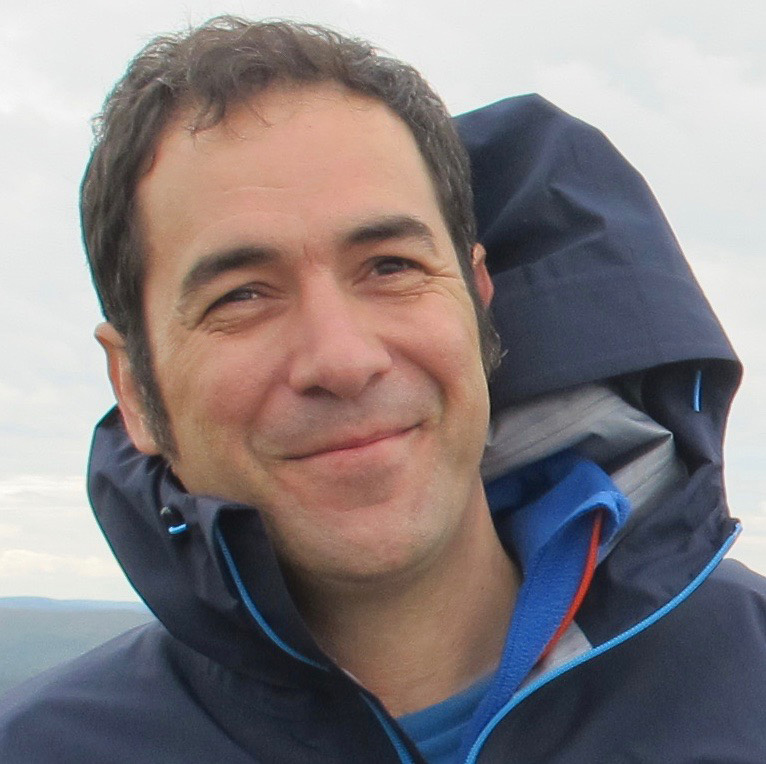Projects
End-User Development for Creating Augmented Experiences in Archeological Sites
A close collaboration with the archeological site of Villa de Fuente Álamo and National Museum of Roman Art will allow designing and developing models and tools for the development of augmented experiences by end-users (EUD). These models will include the advantages offered by augmented reality and ubiquitous computing, enabling the creation of enhanced experiences that will improve cultural learning of archaeological sites. Experts will be empowered to (re)build the space and the history of past centuries, providing an easy and democratic access to a large amount of complex knowledge. For example, they will be able to generate paths and virtual meetings in archaeological sites, restoring objects or displaying them in scenes of everyday life, showing each room, furniture or decorations. CREAx will take on the principles of co-design by following a development process where domain experts, visitors and technologists will participate together defining models of augmented experiences. The application of the developed concepts (augmented experiences and tools for end-users) in a installation in Fuente Álamo will be an excellent use case to demonstrate the practical viability of the proposals. Moreover, this installation will serve to inspire a new model of museum.
Objectives:
CREAx, End-user development for creating augmented experiences in archeological sites, aims to help experts of archeological sites to "build" augmented experiences that incorporate a variety of virtual effects within a physical space, recreating and enabling interaction with it. As a result, it will offer visitors improved experiences of archaeological sites, increasing the physical reality through the integration of virtual objects that will make it possible traveling through time and space. This will endow the archaeological site of an activity that contributes to promote education and cultural tourism and that could contribute to the economic development of the area (in our case Puente Genil and Mérida).
Investigation Area:
Ubiquitus Computing, Augmented Reality, Digital Ecosystems
Funded by:
Spanish Ministry of Economy and Competitivity
Started date:
2015-01-01
Finished date:
2018-12-31
Team members:
-
Ignacio Aedo
Principal investigator -
Andrea Bellucci
Researcher -
Paloma Díaz
Researcher -
Álvaro Montero Montes
Researcher -
Marco Romano
Researcher -
Marco Signorello
Researcher -
Telmo Zarraonandia
Researcher

